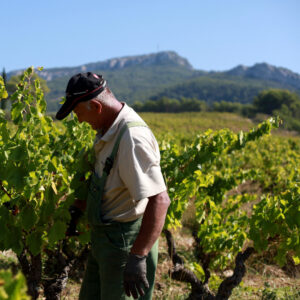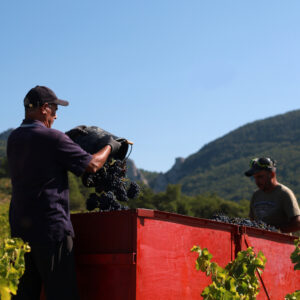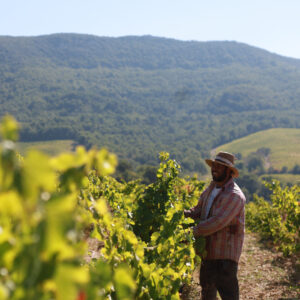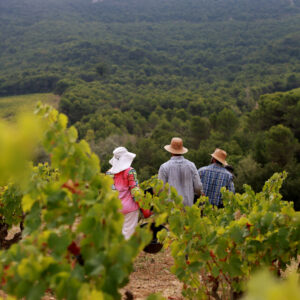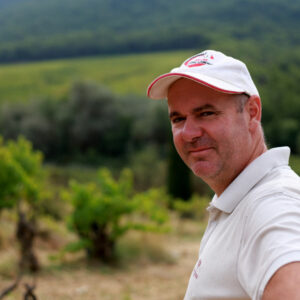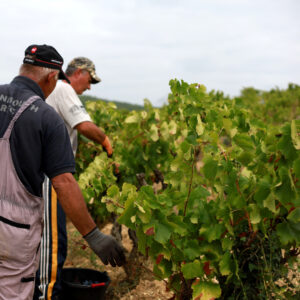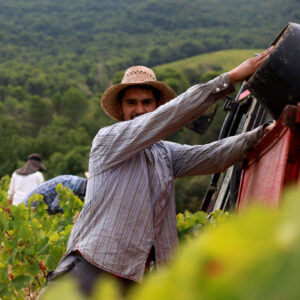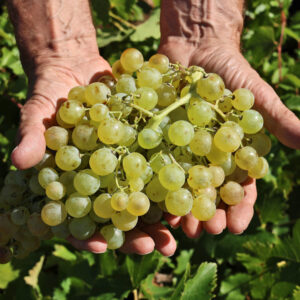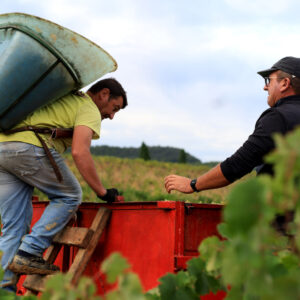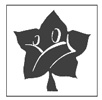As the last grapes were harvested under the gentle October sun, we conclude the 2023 harvest with emotion. An emblematic year for Gigondas as it marks the first vintage for the Gigondas white appellation. The 2023 vintage is also a special year for our estate as it will be our first certified organic agriculture vintage
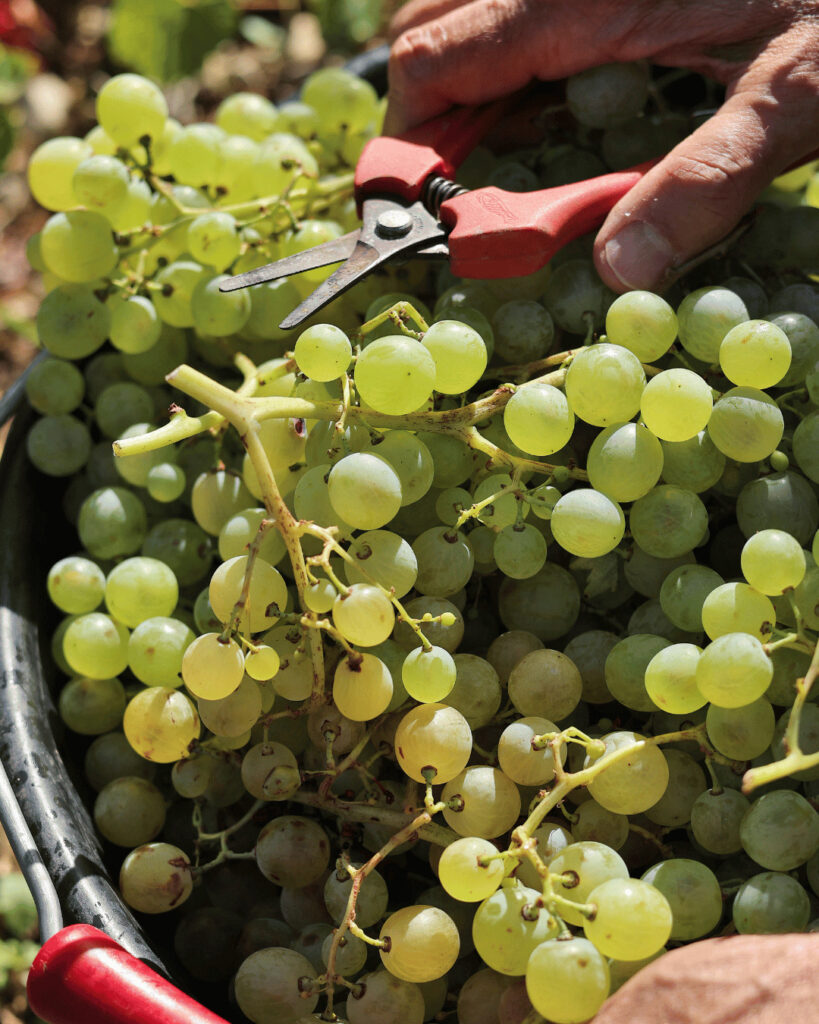
After an extremely hot and dry vintage in 2022, the 2023 vintage seemed to be shaping up differently. From October to December 2022, soil water reserves were replenished thanks to wet and rainy weather. These precipitations were welcome, as the following winter turned out to be one of the driest in recent years; it was also milder and more temperate than before. Some days in January resembled sunny days in May; the mildness of winter allowed for a gradual transition into spring.
End of March – early April: this marks the beginning of bud break, with the first buds appearing. Unfortunately, the dryness of the past months didn’t allow the vines to develop generously. Flowering starts in the last week of May in our plots around the village, and the first week of June in Romane. Scattered rains affect its smooth progress, causing moderate losses in the Grenache vines, which are particularly sensitive to coulure (incomplete fertilization of the flowers). At this stage, we observe a vintage that is approximately 15 days later than 2022.
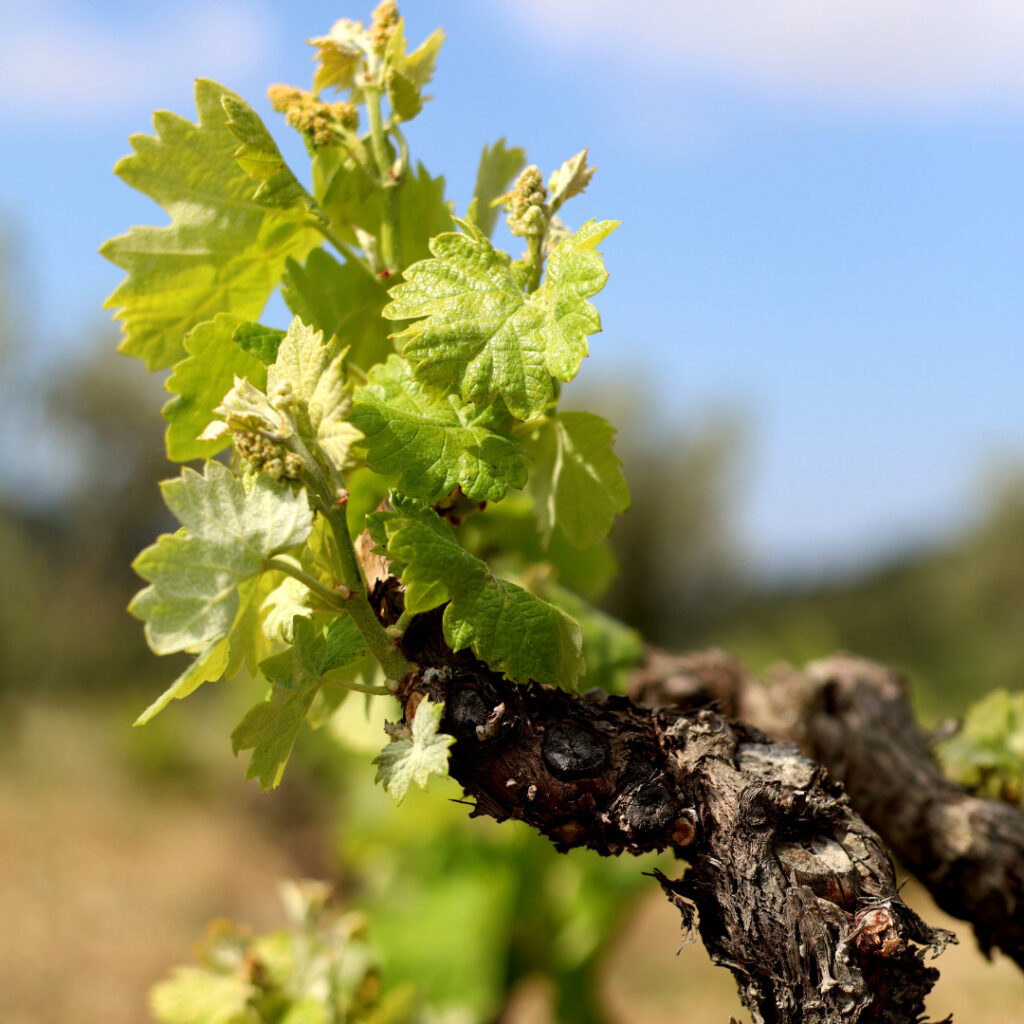
First organic vintage
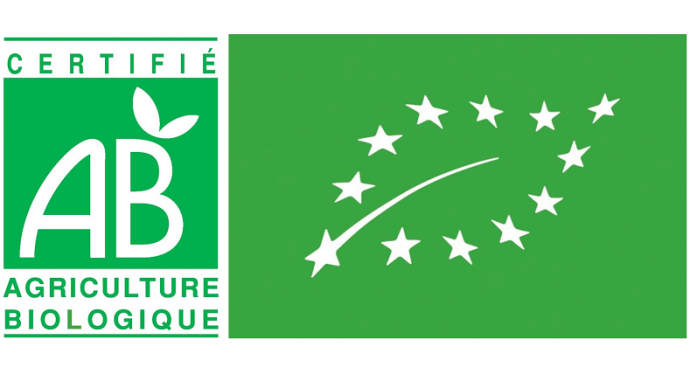
Throughout the month of June, repeated thunderstorms watered the land with an average of 130mm in Gigondas, compared to 40mm during the same period in 2022. These rains didn’t significantly replenish the groundwater but proved beneficial to the vine, hinting at a generous vintage during fruit set. Nature gifted us with a stunning array of green hues !
For three years, we have been in the process of transitioning towards the Organic Agriculture label. 2023 marks the first certified vintage, and arguably the most demanding. The constant rains during the vine's development phase put even more strain on our vineyard team, who did a remarkable job in containing mildew
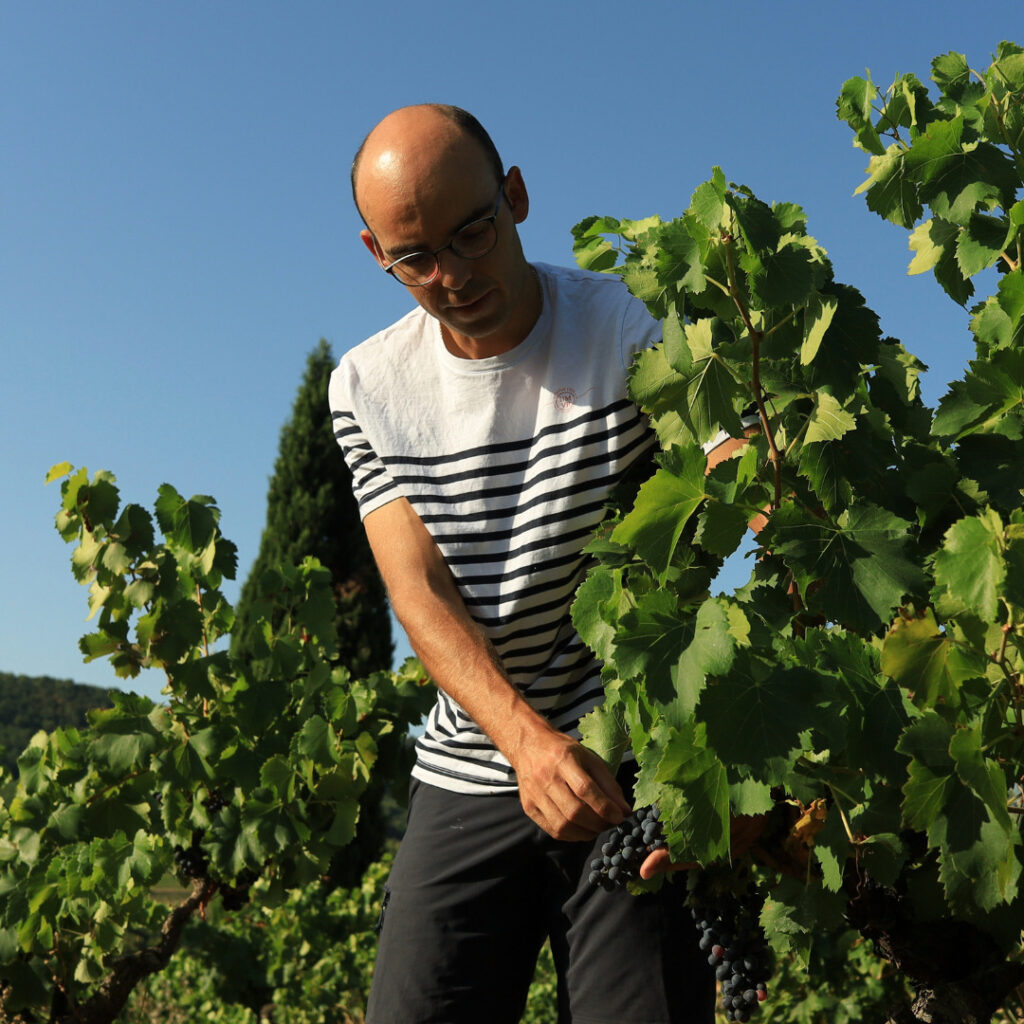
In July, the usual heat sets in, and unlike the previous year, the nights remain cool. Following the June rains, the vines are lush, vegetative growth accelerates, and we notice a delay of more than a week compared to 2022.
In August, the heat intensifies, culminating in a week-long heatwave from August 19th to 25th, reminiscent of the June 2019 heatwave. It’s a short but intense episode that weakens the vines. Initially, ripening speeds up, with an increase in sugar concentration in the grapes (amplified by water evaporation). However, quickly, the vine retreats in on itself and temporarily suspends the ripening of its grapes to survive this state of stress.
Our high-altitude terroir: a real asset

In this context of recurring and concerning drought and heatwaves, our high-altitude terroirs, cool, well-ventilated, north-facing, and on clay soils (which retain water better), are all assets in the face of climate disruption.
Our harvest remains consistent; we do not observe any vine dehydration or foliage loss, and are minimally affected by diseases
Our grandfather was wise to come and settle in these remote lands of Romane. This high-altitude terroir is a real asset
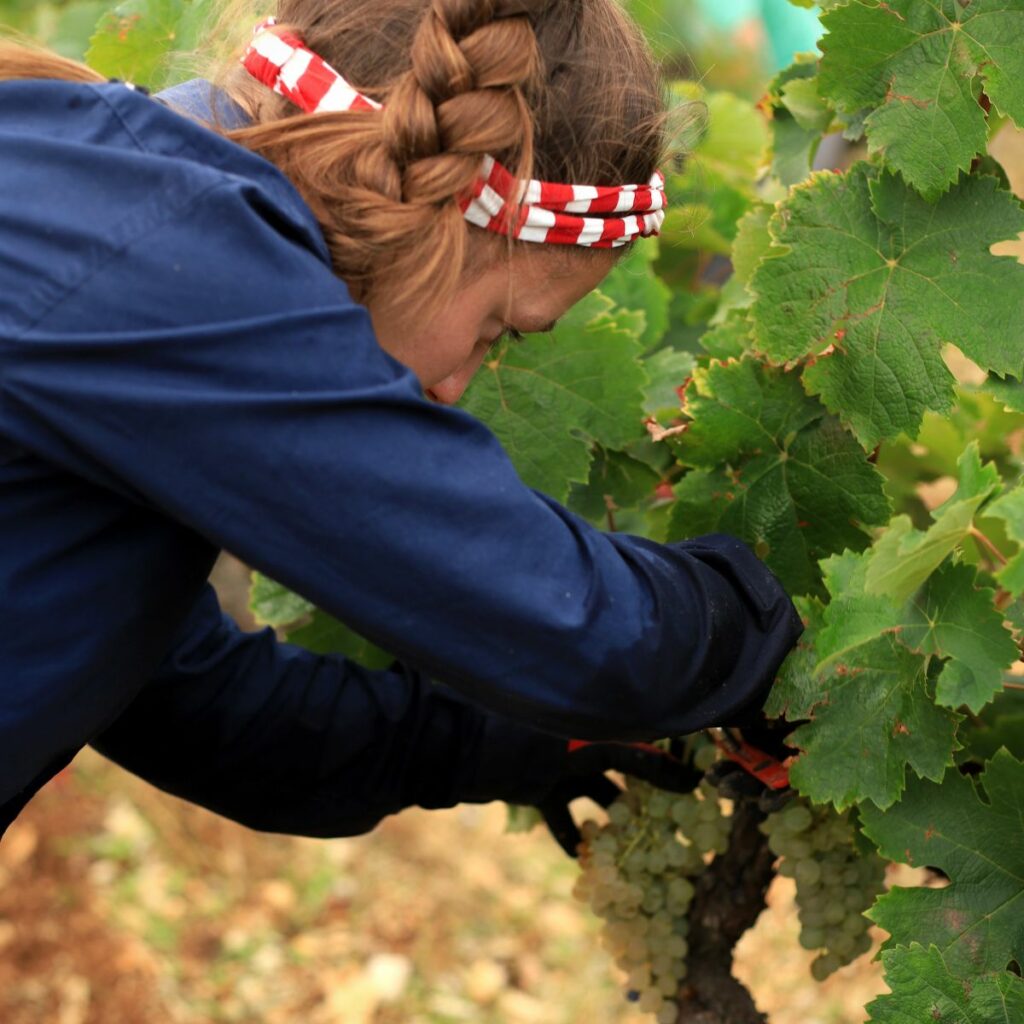
Beautiful storms over the weekend of August 26th and 27th break this temporary pause, the vine resumes its development, and the harvest will ultimately be, as we had initially thought at the beginning of the cycle, rather late. In the plains, the first Viognier and Clairette white grapes in the Mediterranean IGP are already ripe and ready to be harvested. The harvest season has begun! In the cellar, the team is busy cleaning the grape reception dock, getting the press back in operation, and by August 31st, we welcome the first grapes. A week later, we start with the red grapes from the plains, and finally, starting from September 18th, the Romane cellar receives its first Syrah grapes
First vintage for the white Gigondas
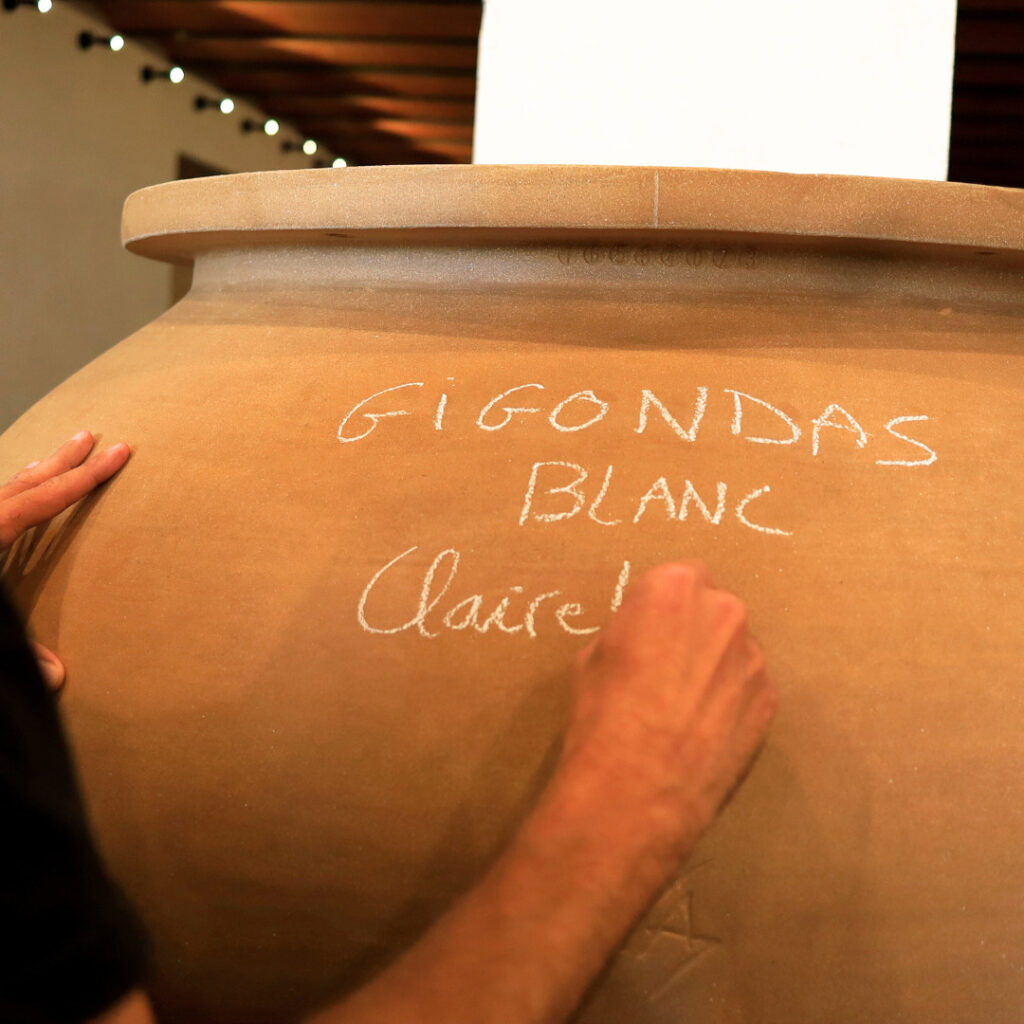
For this first vintage under the Gigondas white appellation, we are conducting an experiment in vinifying our Clairettes in amphora. There are numerous advantages to this method. To learn more, click here
We can’t wait to share the next chapter of this amphora winemaking experience with you! Join us in a few months to taste the new vintage, the first-ever Gigondas white wine, and our inaugural organic agriculture production !
The 2023 vintage is characterized by small, concentrated berries, a vibrant fruity aroma, and an intense color. It promises to be very promising. The natural acidity in the grapes is balanced by the sugar content at the time of harvest





